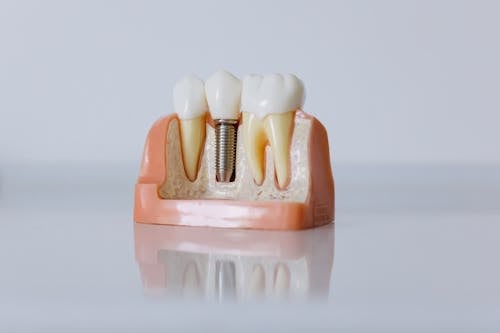The Rising Cost of Dental Implants: Understanding the Financial Impact
The determination of the cost of dental implants involves multiple factors, including technology, location, and materials used. As dental implant options expand, understanding their financial implications becomes essential, especially for those planning for elective dental procedures.
Technological Advances and Their Influence on Dental Implant Costs
Technological advancements have transformed the landscape of dental implants, significantly affecting the cost of dental implants. Innovations such as computer-guided implant surgery have increased precision and reduced recovery time but have also contributed to higher costs. These technologies require specialized training and equipment, which can push prices up. However, they also enhance outcomes, leading many to see the value in this investment. Understanding how technology drives costs is vital for patients seeking to make informed decisions about their dental health.
Geographical Disparities in the Cost of Dental Implants
Geographical location is another influential factor concerning the cost of dental implants. In metropolitan areas, where demand for dental services is often higher, dental implants tend to be more expensive compared to rural settings. For example, cities may employ more experienced professionals and offer advanced technology, but this comes at a premium. Conversely, rural clinics might offer competitive pricing due to lower overhead costs. Understanding these geographical disparities is essential for those looking to get the best value for their investment in dental implants.
Material Choices: How They Affect the Cost of Dental Implants
The materials used in dental implants also have a substantial impact on their cost. Titanium implants are more common due to their biocompatibility and durability, but these materials can be pricier than alternatives. Additionally, patients may opt for different types or brands of dental implants, which can vary significantly in cost. Therefore, discussing material options and their implications on pricing with your dental professional is crucial for managing costs. This will ensure you choose the best materials while considering your budget.
Economic Factors and the Cost of Dental Implants
Several economic factors can affect the cost of dental implants on a broader scale. The general economy, including inflation rates, can dictate dental fees as suppliers and labs may pass increased costs onto consumers. Furthermore, fluctuations in health care laws and insurance practices may impact how much dental clinics can charge. Keeping abreast of these economic shifts is vital for understanding the overall cost landscape concerning dental implants.
Patient Financing and Payment Plans: Making Dental Implants Affordable
To help manage the financial impact of the high cost of dental implants, many dental clinics offer patient financing and flexible payment options. These plans can spread the cost over time, making it easier for patients to afford the procedure without immediate financial strain. Understanding the various financing options available, including low-interest loans and dental credit, plays an essential role in making informed payment decisions. It is wise to discuss potential financing solutions during your initial consultation, ensuring financial considerations are well addressed.
The Long-Term Investment in Your Smile: Why the Cost of Dental Implants is Worth It
While the upfront cost of dental implants can be daunting, many agree that it is a worthy investment in long-term dental health. Unlike temporary solutions, dental implants offer durability and a natural appearance, contributing significantly to improved quality of life for many patients. Testimonials from satisfied patients often highlight the transformative impact on their confidence and social interactions. As such, viewing the cost of dental implants as an investment rather than an expense may help prospective patients find renewed motivation to pursue this valuable dental option.
